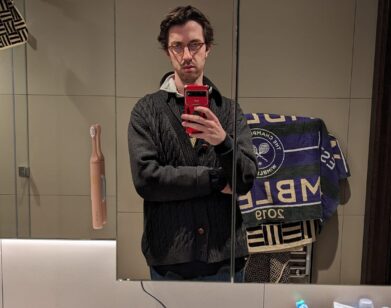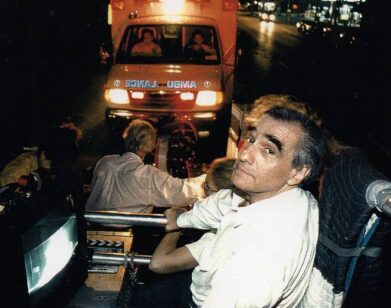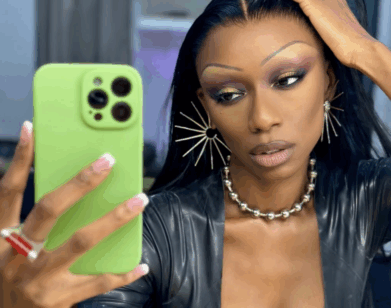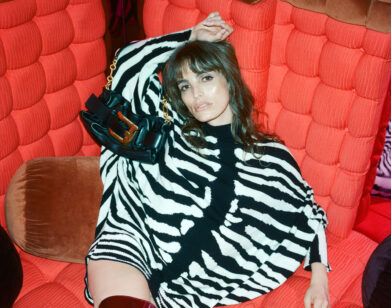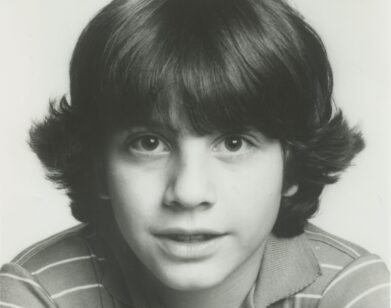Diane Pernet Knows No Medium
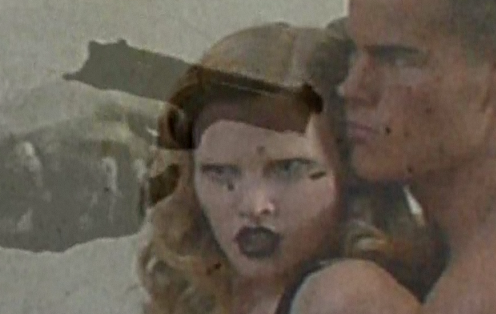

Fashion and film share a long, torrid and tumultuous love affair. Fashion nurtures and inspires on-screen ideals of glamour; actresses spark desire in fans; stars gush over the designers of red-carpet gowns and designers court stars who best embody their vision. Now fashion and film are making their affair more legit and producing stunning offspring that embody the best of both.
And who better to bring this new generation of creative projects into the world than Diane Pernet, the designer turned taste-maker who serves as a godmother for the world’s emerging fashion talent? Pernet’s cult fashion blog, “A Shaded View on Fashion,” is a mandatory bookmark for everyone seriously interested in fashion and style. Just as she helped to pioneer fashion writing on the internet, Pernet is advancing the genre of fashion films that combine art, film, fashion photography and an acute sensibility for fashion.
After the conclusion of the Paris catwalk shows, Pernet will present the second edition of her A Shaded View on Fashion Film Festival at the Palais de Tokyo on September 25–27, followed by an awards ceremony she will host at the Centre Pompidou. This year’s festival participants include Chris Cunningham, Erwin Olaf Steven Klein, Max Vadukul and Nick Knight, along with emerging talents Alai Raza, MoonSpoon Saloon, Noam Griegst and others. Among the actress/models and model/actresses on screen will be Chloe Sevigny, Abbey Lee, Roisin Murphy, Dita von Teese, Mr. Pearl, Kim Gordon and the luscious Lara Stone in a supernatural noir film by Steven Klein. Festival judges will be Nan Goldin, Maria de Medeiros, Laurent Goumarre of Radio France, Helene Segol of Wanda Productions, Eric Troncy, Editor in Chief of Frog, Eric Tong Cuong of Lachose and Rick Owens. A 3,000-euro Grand Prize for the best new talent will be provided by Samsung, and all participants will gain broad international exposure. Follow-on venues for the festival are yet to be secured, but last year’s debut led to screenings at the Guggenheim Bilbao, the Chelsea Arts Club in London and Cinema Rise X in Tokyo.
Before the festival begins, Pernet and I discuss the relationship between fashion and film, and speculate on the future of the romance.
ANA FINEL HONIGMAN: Were all of the films included in the festival conceived as fashion films or are you also including art films with a particularly stylish or fashion-friendly aesthetic?
DIANE PERNET: That is a good point. We had a difficult time organizing the films this year because many defy categorization. Originally we were planning to have a section for advertising but then the question was, what is advertising. It’s not that obvious unless it is a 30-second spot. What separates a “viral” from an ad? In the end we decided that films can be separated by the designer’s role in the filmmaking process. If a designer or brand commissioned a film and therefore retained some kind of control over the end result, we grouped those films together and called that section Communication. If the film was created by artists, filmmakers, stylists and had has its sole objective to express their vision of fashion or beauty without knowing the designer’s intentions or wanting to further them, we called this group Reflection. Therefore the more art/fashion friendly films would come under the heading “Reflection.”
HONIGMAN: What factors do you see influencing the rising popularity and sophistication of fashion-related films?
PERNET: There is a need for a new way of presenting fashion and catwalk shows that have been feeling very last century for the past few years. Of course there are exceptions like an Undercover, McQueen or a Galliano show, but for the most part I think brands would be better served with a film and an installation. It’s not that designers never used films before in place of shows but it is more recognized as a valid way to communicate and the obvious difference is that rather than showing your work to 200 people, 6,000 can view it in just one day. More than anything it is the influence of the internet. Last season Gareth Pugh showed his collection to a few hundred via a film which at the same time was screening on the SHOWstudio.com site and in one day they reached more than 6,000 viewers. That combined with the rise of e-commerce makes the creating of a film a good choice, I think. Fashion demands movement and although I love a beautiful spread in a magazine I also enjoy seeing things that a frozen fashion image cannot provide.
HONIGMAN: Which films, in whatever context, have influenced your own sense of style or beauty ideals?
PERNET: I remember seeing Anna Magnani in a black slip in the Rose Tattoo with her hair all a mess like she just rolled out of bed. I loved it, and it got me hooked on wearing black slips. I loved Luis Bunuel’s Belle de Jour with Catherine Deneuve and Picnic at Hanging Rock by Nicolas Roeg; that was a period when I was into wearing only Victorian White lace. Fellini’s Juliette of the Spirits, the costumes were amazing. I enjoyed the vision of fashion through the eyes of William Klein’s Who Are You Polly Magoo? and Michelangelo Antonioni’s Blow-Up. Fassbinder’s The Bitter Tears of Petra Von Kant was like Cecil B DeMille on acid. Directors like Joseph Losey, Alfred Hitchcock, Visconti, Pasolini, Peter Greenaway, all understood the power of fashion Can you imagine a film like Night Porter by Liliana Cavani starring Charlotte Rampling and Dirk Bogarde without such strong fashion? What would Death in Venice or Draughtsman’s Contract have been like with banal clothes?
HONIGMAN: Kaylup Linzy’s bouncy, camp video for the Proenza Schouler Pre-Spring 2010 presentation received a lot of attention. Do you see that work exemplifying the mix of fashion, art and film? Why do you think it garnered such a strong response?
PERNET: I saw it in Florence at Pitti. It was always fun when Kalup Linzy was on the screen but I don’t know why it garnered such a strong response. Maybe people enjoyed hearing, “Fuck you, kiss my ass.”


